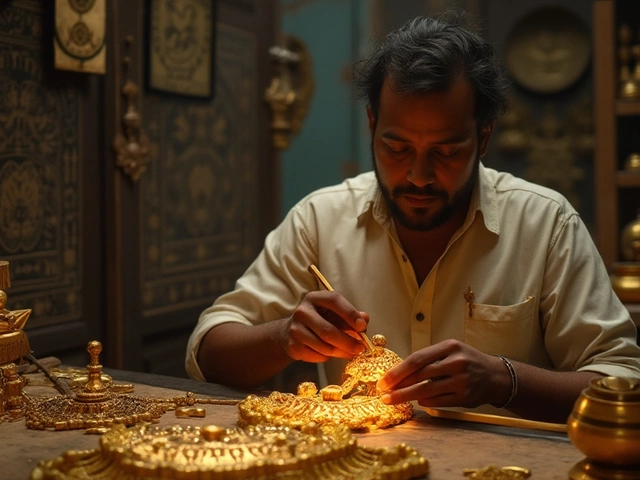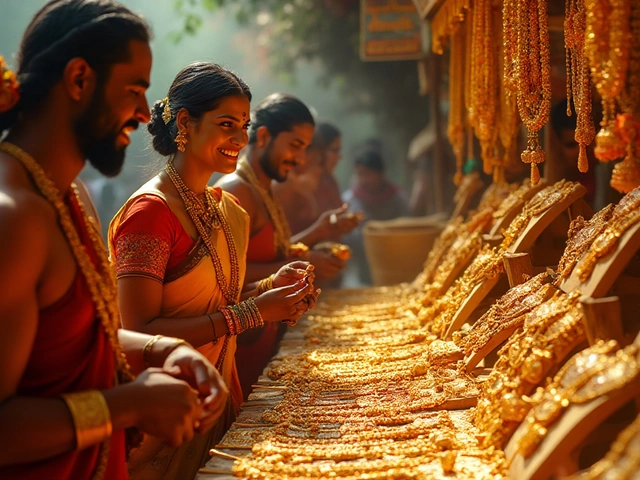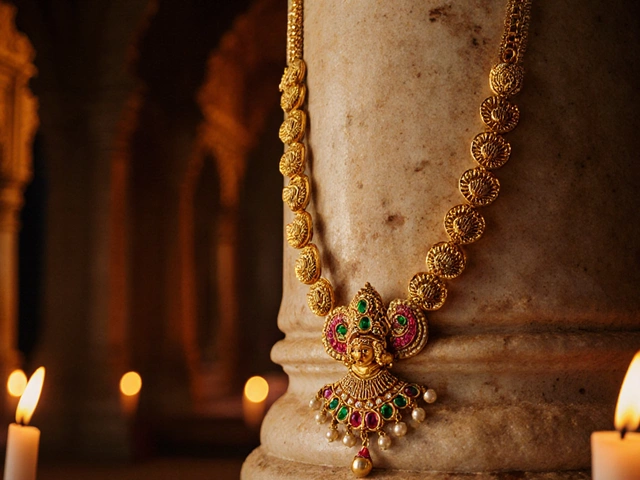Diamond Buying Tips: Simple Steps to Pick the Right Stone
Thinking about buying a diamond? It can feel overwhelming with all the sparkle and jargon. The good news is you don’t need a degree in gemology to make a smart choice. Below you’ll find clear, down‑to‑earth advice that helps you get the best stone for your money.
Know the 4 Cs – The Core of Every Diamond
The industry talks about cut, color, clarity and carat weight. These are the factors that really affect a diamond’s look and price.
Cut is the most important. A well‑cut diamond reflects light beautifully, making it appear brighter. Even a high‑color, high‑clarity stone can look dull if the cut is poor. Look for a cut grade of "Very Good" or "Excellent".
Color ranges from D (colorless) to Z (light yellow). For everyday wear, a G‑H range offers near‑colorless sparkle without the premium that D‑E stones command.
Clarity measures internal flaws, called inclusions. A VS1‑VS2 clarity is clean enough that the naked eye won’t see any specks, yet it’s far cheaper than flawless diamonds.
Carat is the weight, not the size. Two diamonds of the same carat can look very different based on cut and proportions. If a stone looks big enough for you, consider dropping a half‑carat to stay within budget.
Balancing these four lets you prioritize what matters most to you. Want maximum sparkle? Focus on cut. Want a larger look? Trim color or clarity a little.
Smart Shopping Tips to Avoid Common Traps
Now that you understand the 4 Cs, here are practical steps to keep you on track.
1. Set a clear budget before you browse. This prevents you from falling for a beautiful but pricey stone.
2. Shop reputable sellers. Look for a GIA or IGI certification – it’s the proof that the diamond matches its description.
3. Compare prices per carat. Two listings may show the same carat weight, but the price per carat reveals which deal is better.
4. Consider the setting. A well‑designed setting can make a smaller diamond appear larger, saving you money without sacrificing look.
5. Ask about return policies. A 30‑day return window gives you time to see the stone in real life and decide if it truly fits your style.
6. Don’t ignore the warranty. Lifetime cleaning and prong tightening can extend the life of your purchase and protect your investment.
7. Watch for sales periods. Festivals and end‑of‑financial‑year weeks often bring discounts of 5‑10% on certified diamonds.
By following these tips, you’ll cut through the hype and focus on what really matters: a diamond that shines for you and fits your budget.
Buying a diamond doesn’t have to be scary. Keep the 4 Cs in mind, set a realistic budget, and shop with trusted sellers. With a bit of research, you’ll walk away with a stone that looks amazing and feels like a smart purchase.
Is Diamond Cheaper in the USA or India? Complete 2025 Price Guide
Are diamonds cheaper in the USA or India? Side-by-side comparisons, unique insider tips, official stats, and 2025 diamond buying insights for travelers and shoppers.





